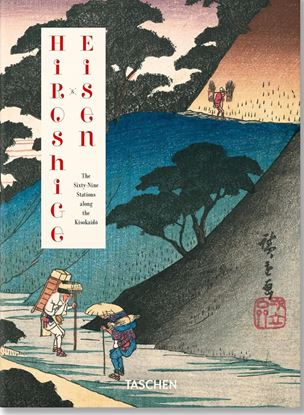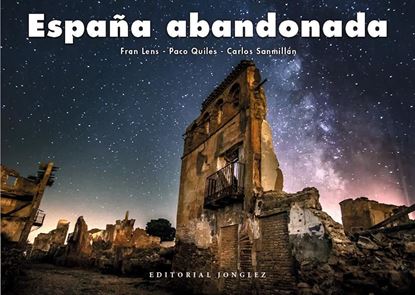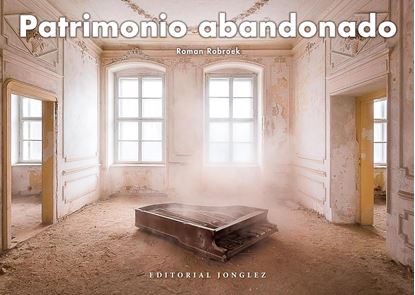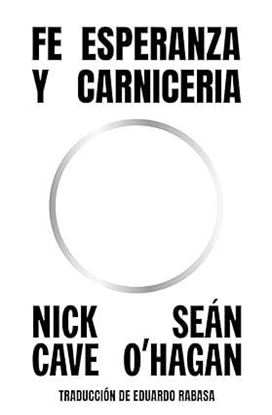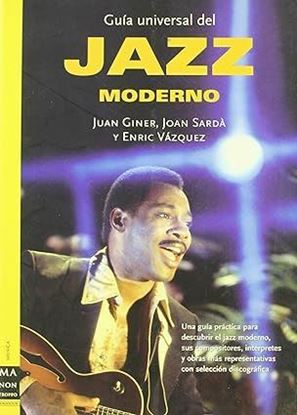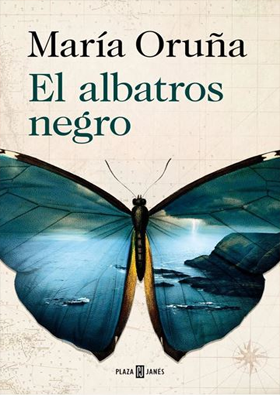

ESPAÑA ABANDONADA
Barren red deserts dotted with post-colonial ghost towns, dilapidated inner city factories, discarded country homesteads and a succession of dormant, soot-filled power stations are just a handful of the desolate, yet visually rich narratives that form part of the abandoned Australia landscape.
Digging beneath the sun-baked soil, Shane Thoms uncovers the modern ruins scattered over this arid continent and reveals a series of beautifully broken abodes hiding in the crevices of the Great Southern Land.
Whispering of both long-gone happy family moments and human darkness, of working lives and the everyday pursuits of living, these atmospheric scenes allow us to reconstruct the stories of the past. Prompting conversations about a growing, diverse country with a complicated history, these abandoned places both connect as well as contrast the past and the present and chronicle the hidden remnants of the evolving Australian story.
1,995
1,596
PATRIMONIO ABANDONADO
Los vestigios de Abjasia, un país que no existe, una fábrica abandonada transformada en decorados para Hollywood, la Línea Verde de Chipre, la ciudad fantasma que dejó la catástrofe de Chernóbil, un cine modernista en Bruselas, insólitas fortificaciones del siglo XVIII en Italia, la ciudad de Tskaltubo y sus “aguas de la inmortalidad”, una de las termas más antiguas de Rumanía…
Roman Robroek es un fotógrafo del sur de los Países Bajos fascinado por la arquitectura urbana. Sus espectaculares fotografías de lugares olvidados en el mundo entero han ganado múltiples premios. ¿Cuál es la historia de estos edificios? ¿Quiénes vivían en ellos? ¿Para qué servían esos objetos y por qué los abandonaron? Su insaciable curiosidad por estos temas le llevó a ser fotógrafo urbano. Patrimonio abandonado es el resultado de diez años explorando lugares fantasmales en busca de respuestas.
1,995
1,596
FE, ESPERANZA Y CARNICERIA
Este libro, creado a partir de más de cuarenta horas de conversaciones íntimas con el periodista Seán O’Hagan, es una exploración profundamente reflexiva, en palabras del propio Cave, de lo que realmente impulsa su vida y creatividad. En él, el músico habla de fe, arte, música, libertad, duelo y amor. Se sumerge con total franqueza en su vida, desde su infancia temprana hasta la actualidad, en sus amores, su ética del trabajo y la profunda transformación que ha sufrido su existencia en los últimos años. Fe, esperanza y carnicería es un estallido de esperanza e inspiración de un verdadero visionario.
1,350
1,080
LOS SEÑORES DE LAS TIJERAS
En el presente libro, concebido como un gran reportaje, Vicente Romero nos narra la historia de la censura en el cine español, con especial atención a los cuarenta años de la dictadura franquista, cuando se ejerció un duro control religioso, militar y político no sólo sobre lo que se hacía en nuestro país, sino sobre lo que se importaba de otros. Diálogos suprimidos, argumentos tergiversados, imágenes cortadas... cuestiones que hoy nos generan una sonrisa, pero que no tenían nada de divertido para quienes los sufrían. De la mano de numerosos ejemplos, así como de entrevistas con los censores y con los cineastas que sufrieron estas humillaciones, ante los ojos del lector se despliega una crónica de la sociedad española, de quienes la dominaban con su intransigencia, un tiempo gris no tan lejano que, lamentablemente, parece que amenaza con volver.
995
796
GUIA UNIVERSAL DEL JAZZ MODERNO
Una guía práctica para descubrir el jazz moderno, sus compositores, intérpretes y obras más representativas con selección discográfica.
Una obra destinada a quienes deseen aproximarse de forma fiable y precisa a la realidad histórica y presente del jazz moderno. En otras palabras, este volumen permite situar en el mapa a los principales protagonistas del jazz actual, tanto los consagrados como los secundarios y los novísimos más relevantes, de un modo riguroso y ameno.
Se trata de una apasionante revisión del jazz moderno, a través de los perfiles biográficos de sus figuras más reconocidas
1,150
920


